Why do covalent bonds have a low melting point?
1 Answer
Basically, one ionic solid that you can hold and see is a collection of one-compound unit cells, connected like a patterned 3-dimensional grid. That's called a lattice structure. They're connected by ion-ion interactions, and in general cases (ignoring exceptions), the ionic lattice structures are more strongly held together than a collection of covalent molecules.
The weaker the attractions, the lower the melting point, and the more likely the observable solid is to melt at normal temperatures. Covalent solids that have weak enough attractions fall into that "category".
Ionic solid example:
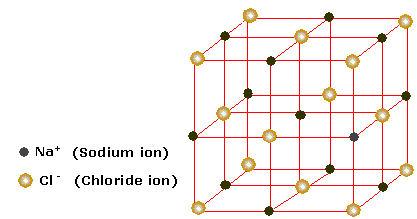
Covalent solid example:
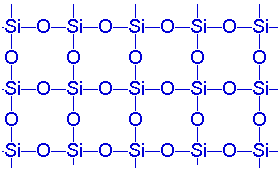
A more detailed answer is below as to why that is.
Explanation:
Well, first off, you probably meant to say covalently-bonded solids. Semantics aside... let's explain this using a diatomic heteronuclear solid, like
Why intermolecular attractions?
A low melting point means it's more likely that at the current temperature that the substance is a liquid. So, something like
Covalent Bonds
A covalent bond is formed when two atomic orbitals have optimal orbital overlap and electrons are successfully shared, whether evenly or not. The only thing keeping these two atoms attracted is the favorable orbital overlap. In some sense, it is like a "partial" attraction.
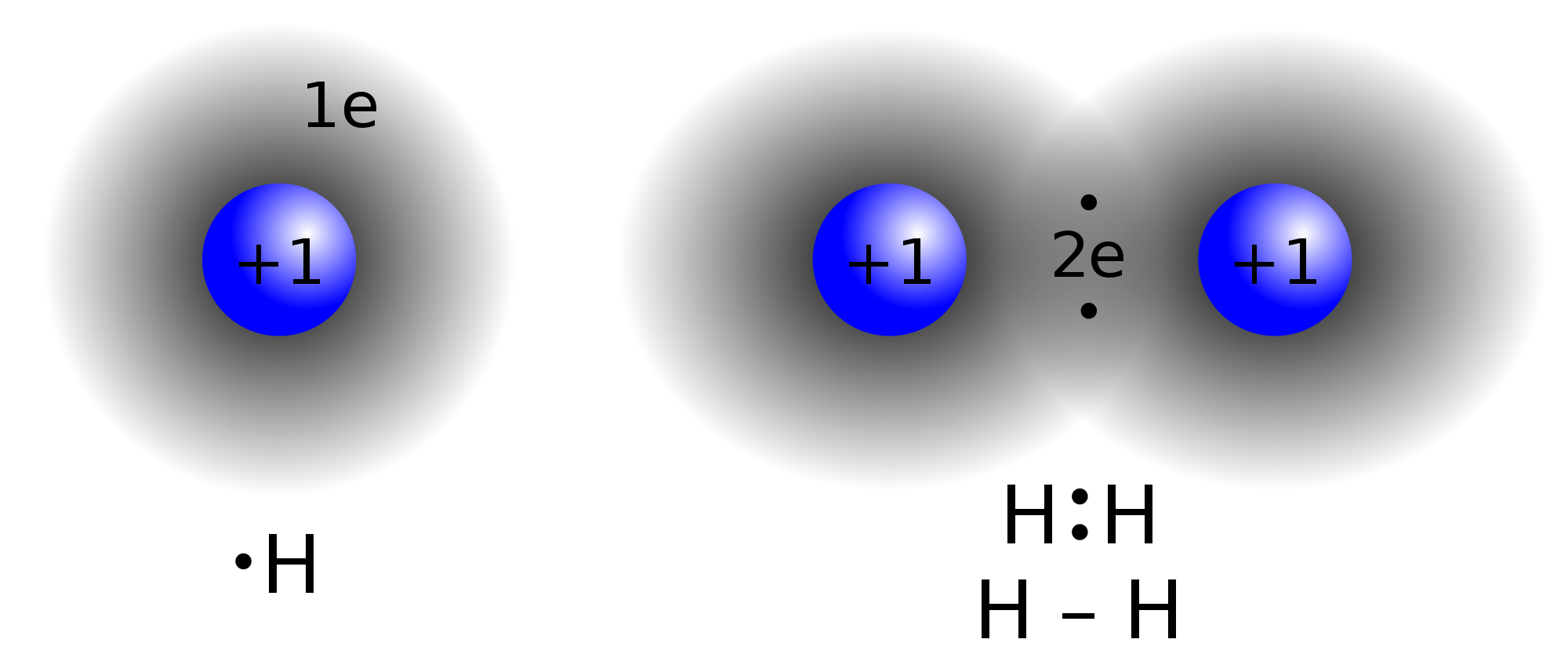
Ionic Bonds
In contrast, an ionic bond is not when electrons are successfully shared, but when some of them are successfully transferred to the other atom, and the two atoms in question are now cationic or anionic. Then, that means there is a fully-cationic atomic system attracted to a fully-anionic atomic system. In some sense, it is like a "full" attraction.
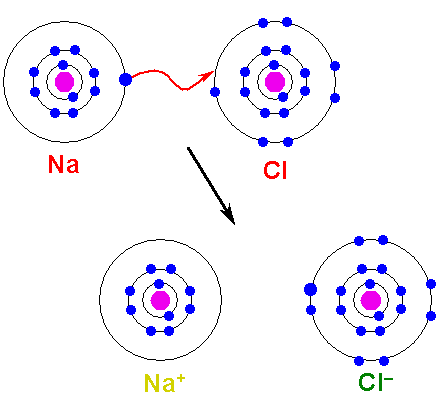
Ionic vs. Covalent Compounds
The difference between a purely covalent compound and a purely ionic compound is therefore by what method each atomic system is attracted to the other. The more attracted two atomic systems are to each other, the stronger the intra-molecular attractions.
Individual ions or covalent molecules are not isolated
The stronger the intra-molecular attractions, by inference, the stronger the inter-molecular attractions, in a "pool" of identical ionic pairs, because one
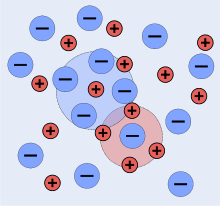
In an ionic OR covalent "matrix" (or "pool", or collection of "unit cells" if ionic, or collection of "molecules", if covalent), there will be other charged atomic systems nearby, and they will be involved in the interactions as well.
Natural Conclusion
Naturally, a "pool" of "ionic atomic systems" will have a strong lattice structure and therefore higher melting points (or will probably exist unmelted at normal temperatures).
So, a "pool" of "covalent atomic systems" will merely have intermolecular attractions (london dispersion, H-bonding, dipole-dipole, etc) and therefore lower melting points (or will probably exist melted at normal temperatures).

